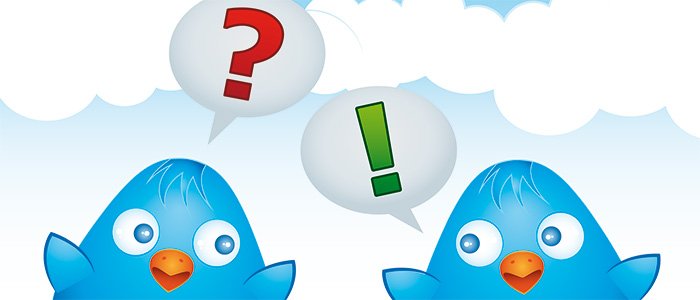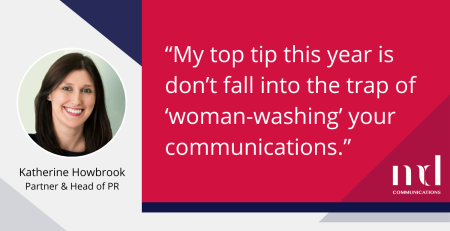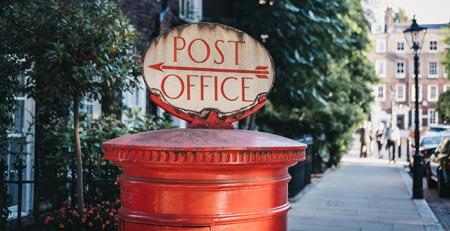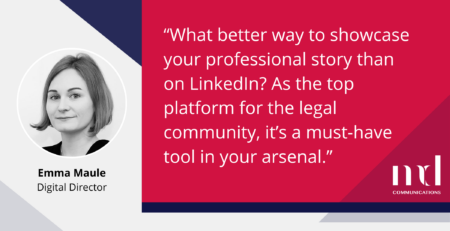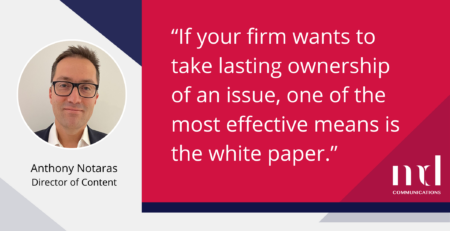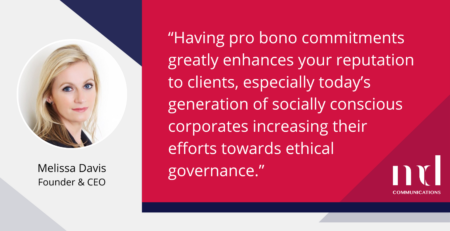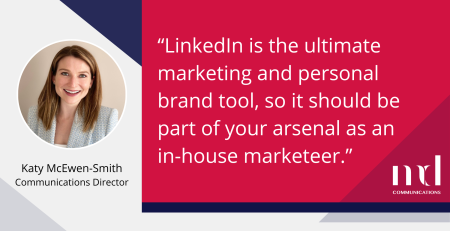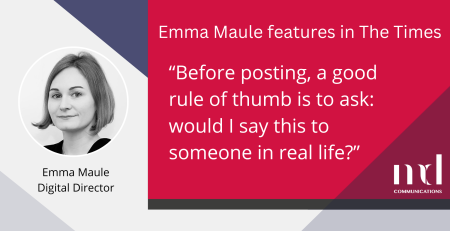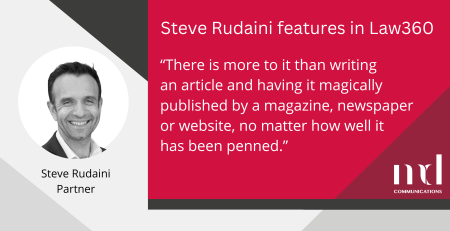I’m sure over the summer holidays with all the family at home (or even worse in a hot car) there has been the occasional flare up. One such example of online bickering that the Daily Mirror thoughtfully summarised in this article, was an eye-catching Twitter row between the accounts of the country’s two leading cut-price supermarkets, @LidlUK and @AldiUK.
I’d call it a row. They called it ‘bants’.
It all started when a woman called Emily Cousins asked a pertinent question: which is better, Aldi or Lidl?
Of course, all big companies have alert services to tell them when they’ve been mentioned. “It’s us,” Aldi quickly responded, accompanied by an animated gif from the US version of The Office.
“Sorry to break it to you,” Lidl quickly responded, but that is “wrong, wrong, wrong, wrong”. Lidl used a gif featuring Scrubs‘ fearsome Dr Perry Cox.
Another round of gif salvos eventually culminated in a ‘dance-off’, with Aldi dryly commenting, “We invented those moves”.
It might have carried on pretty much forever and got increasingly boring to watch, until @marksandspencer chipped in with a, it turned out well-judged, intervention – “You don’t see these kind of bants from M&S ;-)”. Perhaps a dig at their advertising which is clearly trying to attract middle-class consumers.
The general consensus was that M&S ‘won’.
What to think of this exchange? (Apart from: “Who handed the social media accounts to interns?”)
It’s an interesting episode, because much effort is expended in comms circles trying to give large organisations ‘personality’. Can the University of Oxford tweet a cute picture of a cat? Should BP ‘like’ a post about Abu Dhabi’s government?
It’s nice to have an example like this to illuminate the dangers and the opportunities of an organisation having a human ‘voice’. A few thoughts:
Twitter is tribal: Although the exchange was started with an open question, I’m not sure that what followed changed any minds. But both Aldi and Lidl got many, many likes and retweets for each post. Even if you find the exchange unedifying, where you can build tribalism, you build brand loyalty. Among their ‘core’ customers, little harm has been done.
The era of the gif continues: The days of witty ripostes may be numbered – the real weapon of choice today is the animated GIF.
The ‘bants’ missed a trick: It is all very immature, but even though little damage has been done to tribe loyalty, neither Lidl nor Aldi mention any products and nothing was sold.
There’s no exit strategy: How long could this have gone on, although it had clearly become increasingly boring? Without M&S, you sense, much longer. When you judge that an exchange is becoming boring for the audience and starting to reflect badly on you, how do you exit gracefully?
Brand values were nowhere: There’s a Lidl TV ad where a woman goes to a picturesque farm to meet a chicken that aims to attract or reassure middle-class customers. The gifs and the ‘bants’ seem a million miles from this – I can’t believe this was some thought-through piece of message segmentation, as it blew up pretty quickly.
Organisations can, and should, have personality, but in trying to acquire it here, Aldi and Lidl behaved like a driver who closes their eyes and puts their foot down at crossroads they don’t like.
If you’d like to talk through a better way to convey your business’s personality on social media, I hope you’ll get in touch.
Now, is it brightening up, or is a walk in the rain feeling more appealing than staring at the dog-dance gif?


